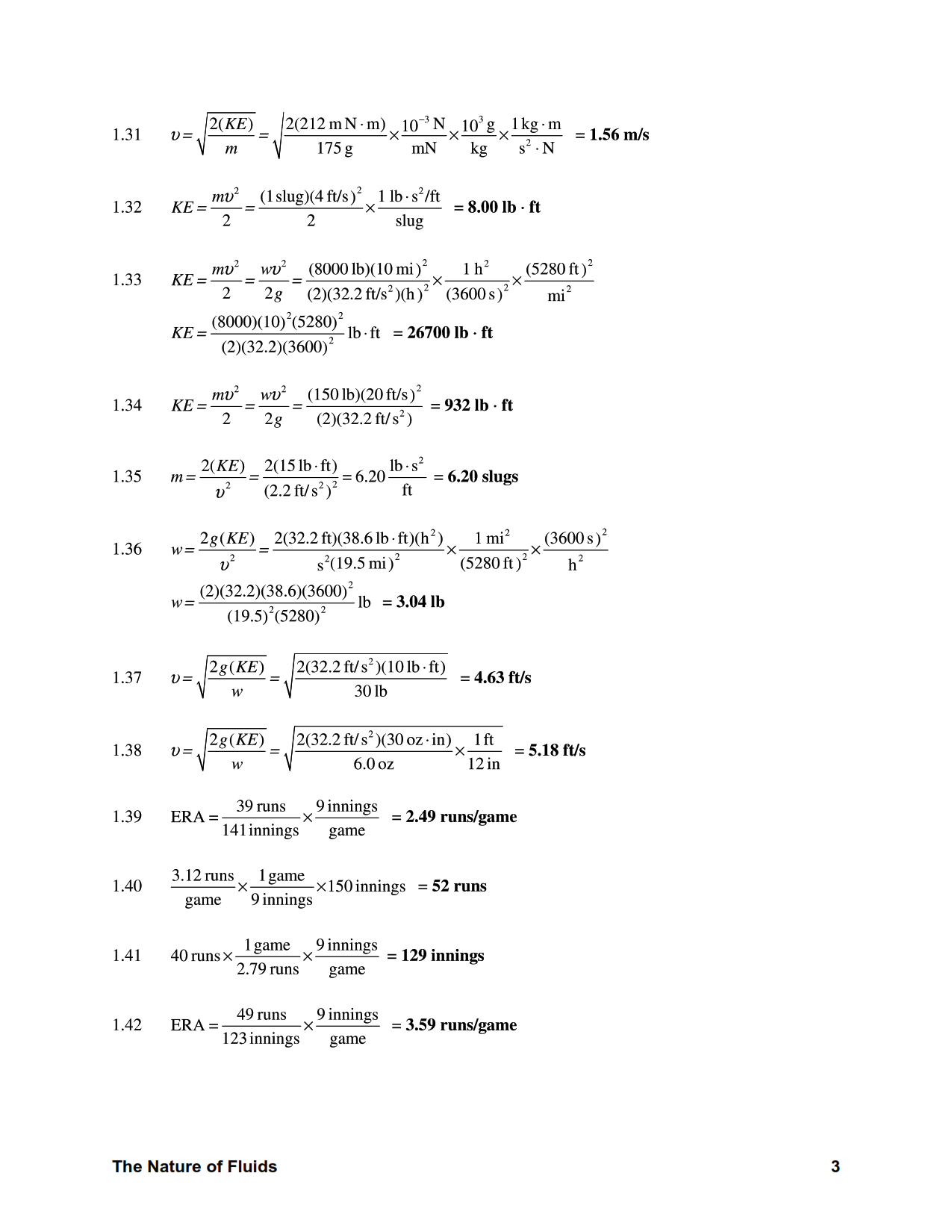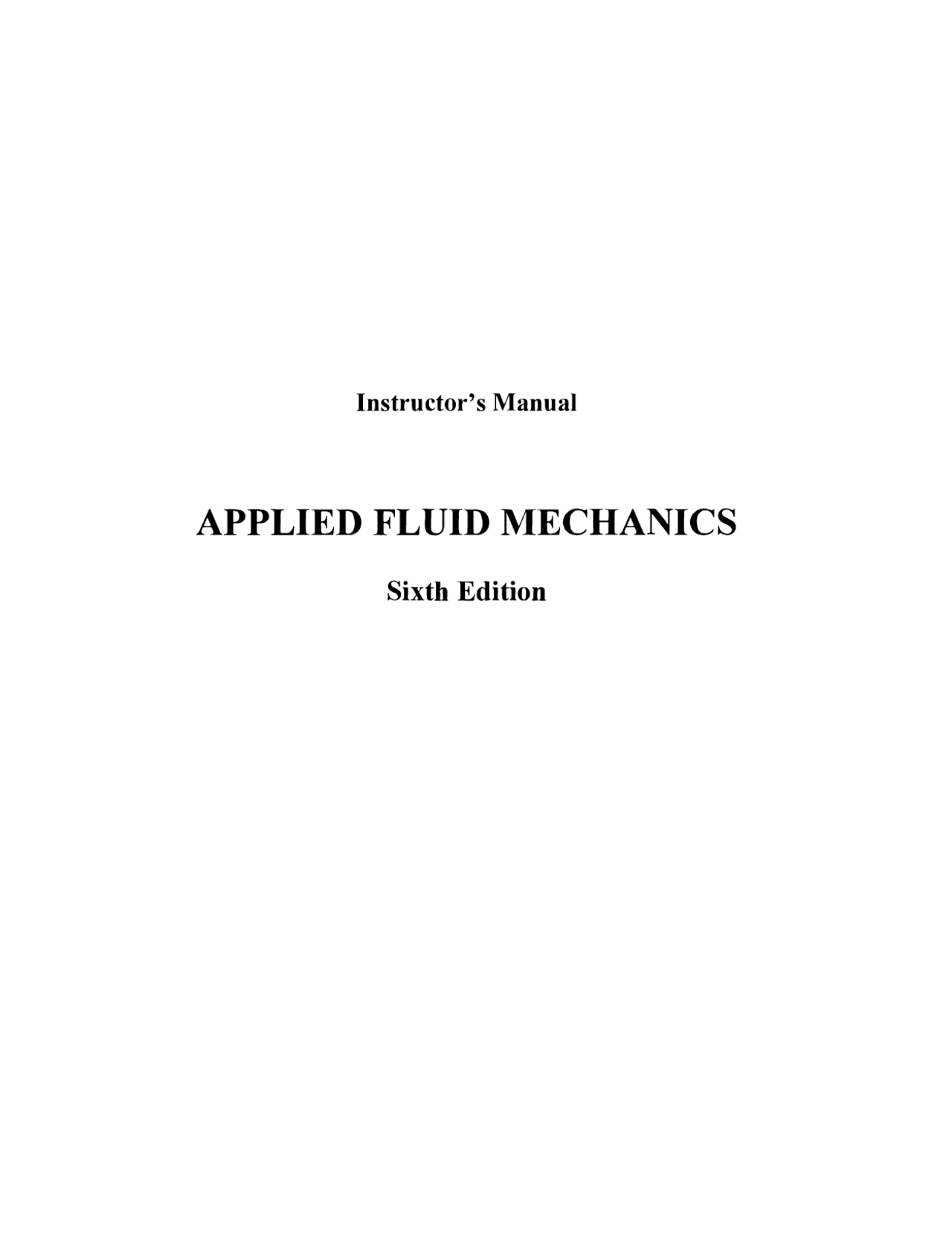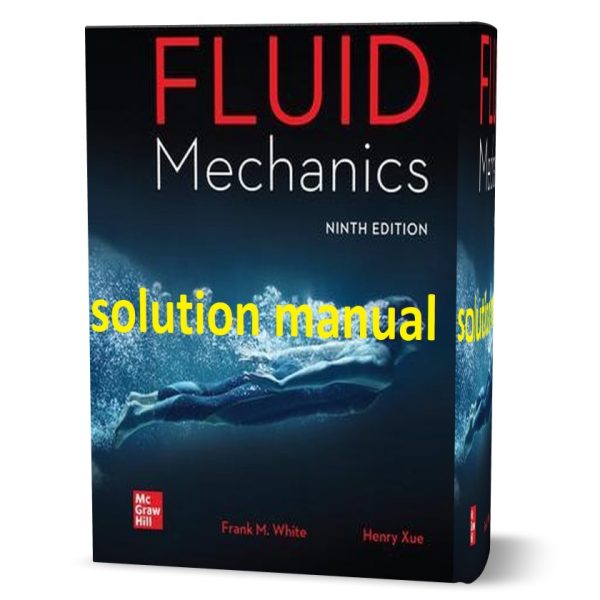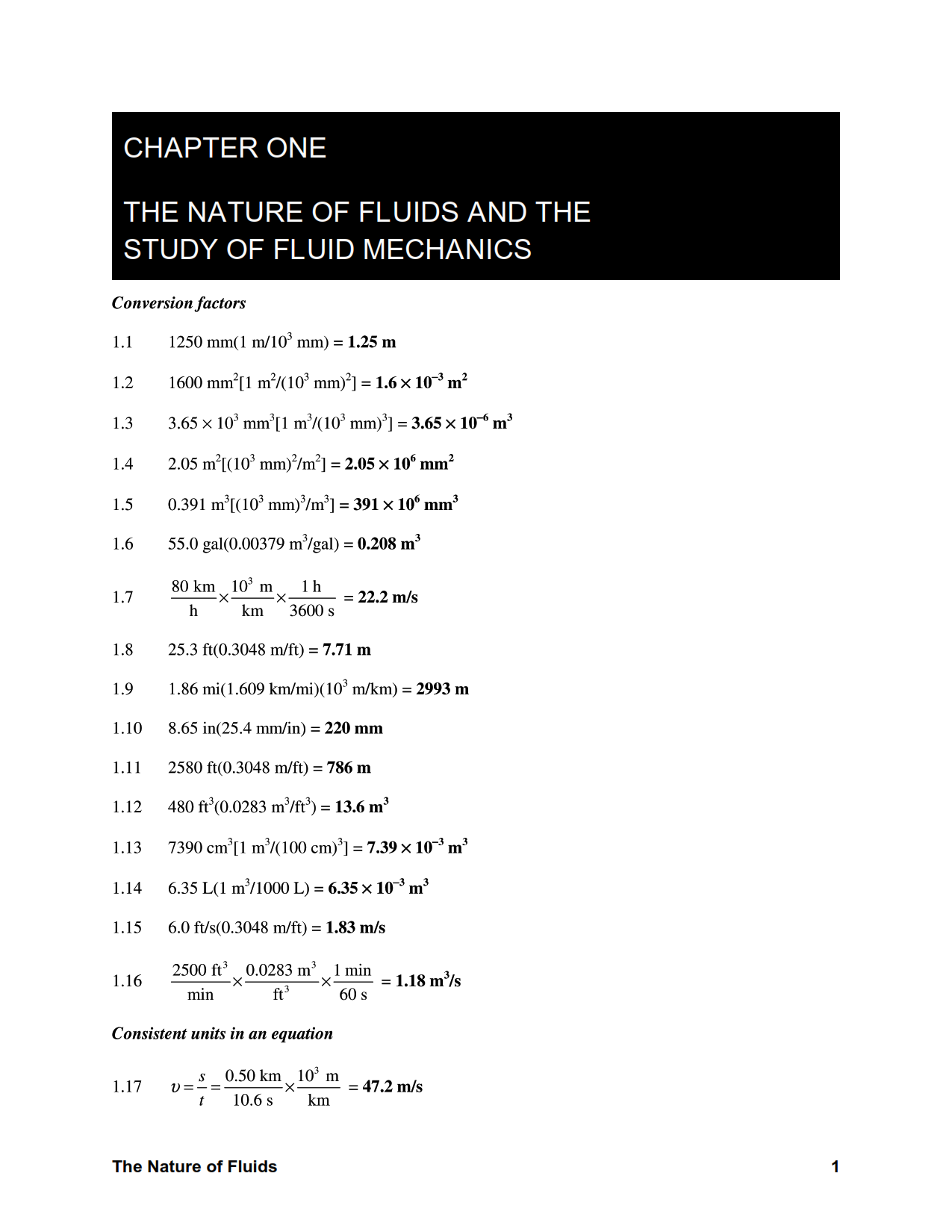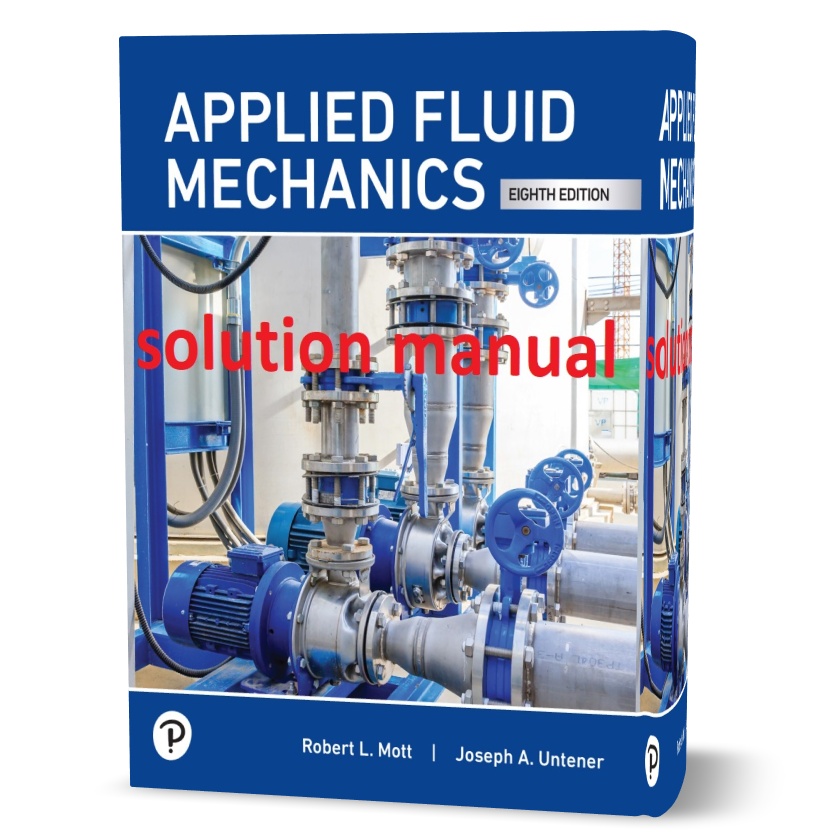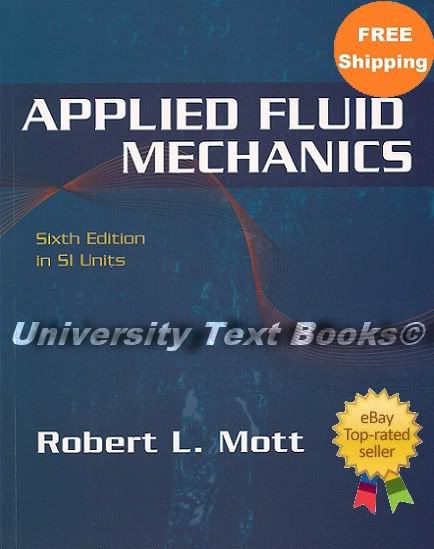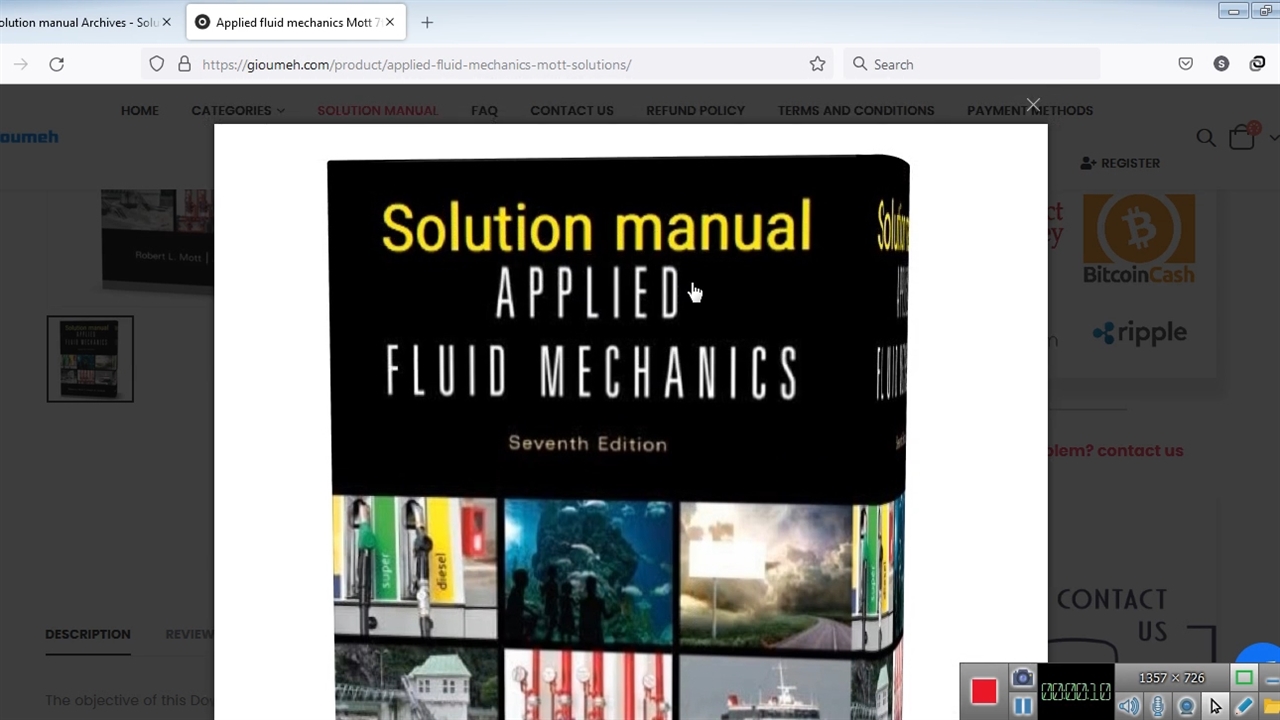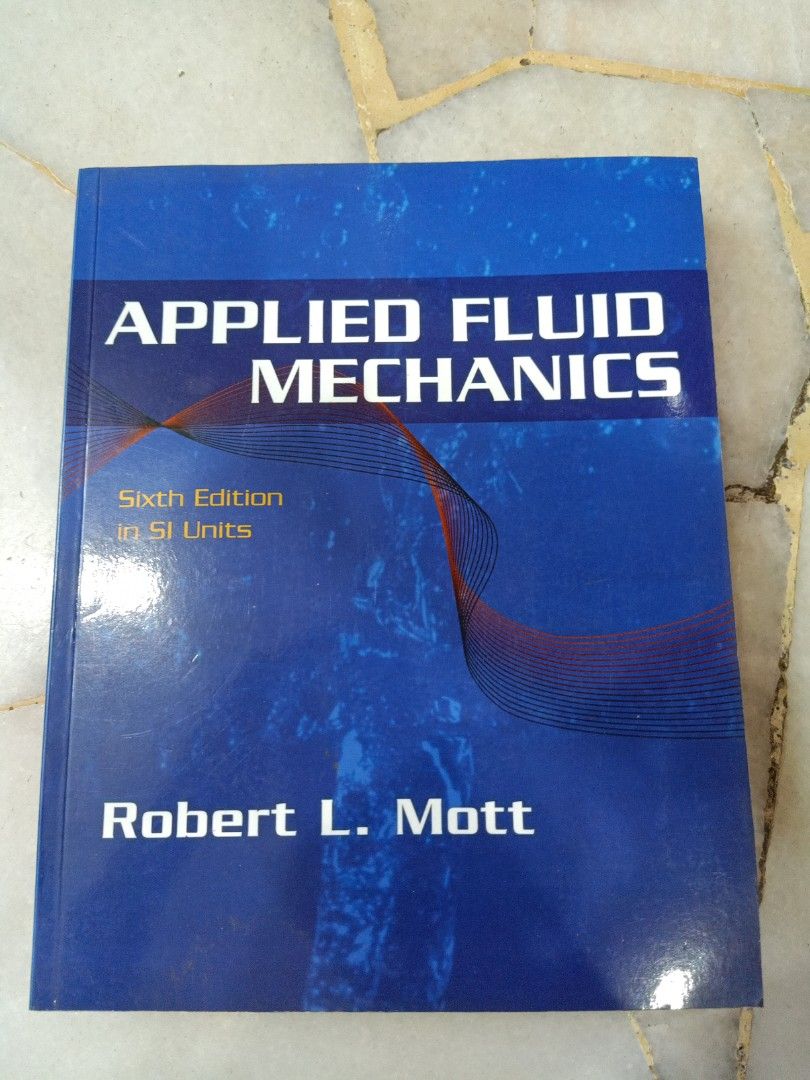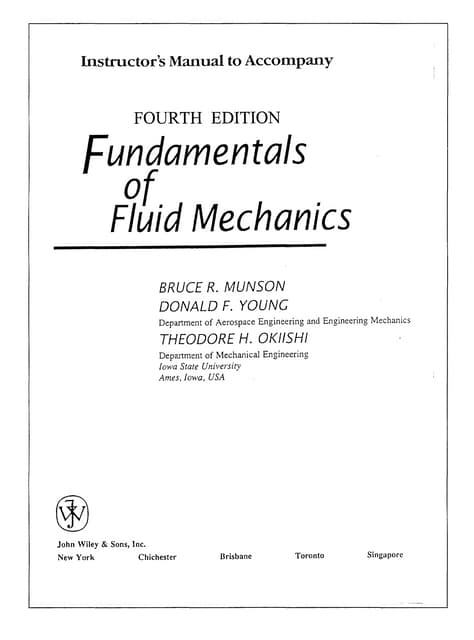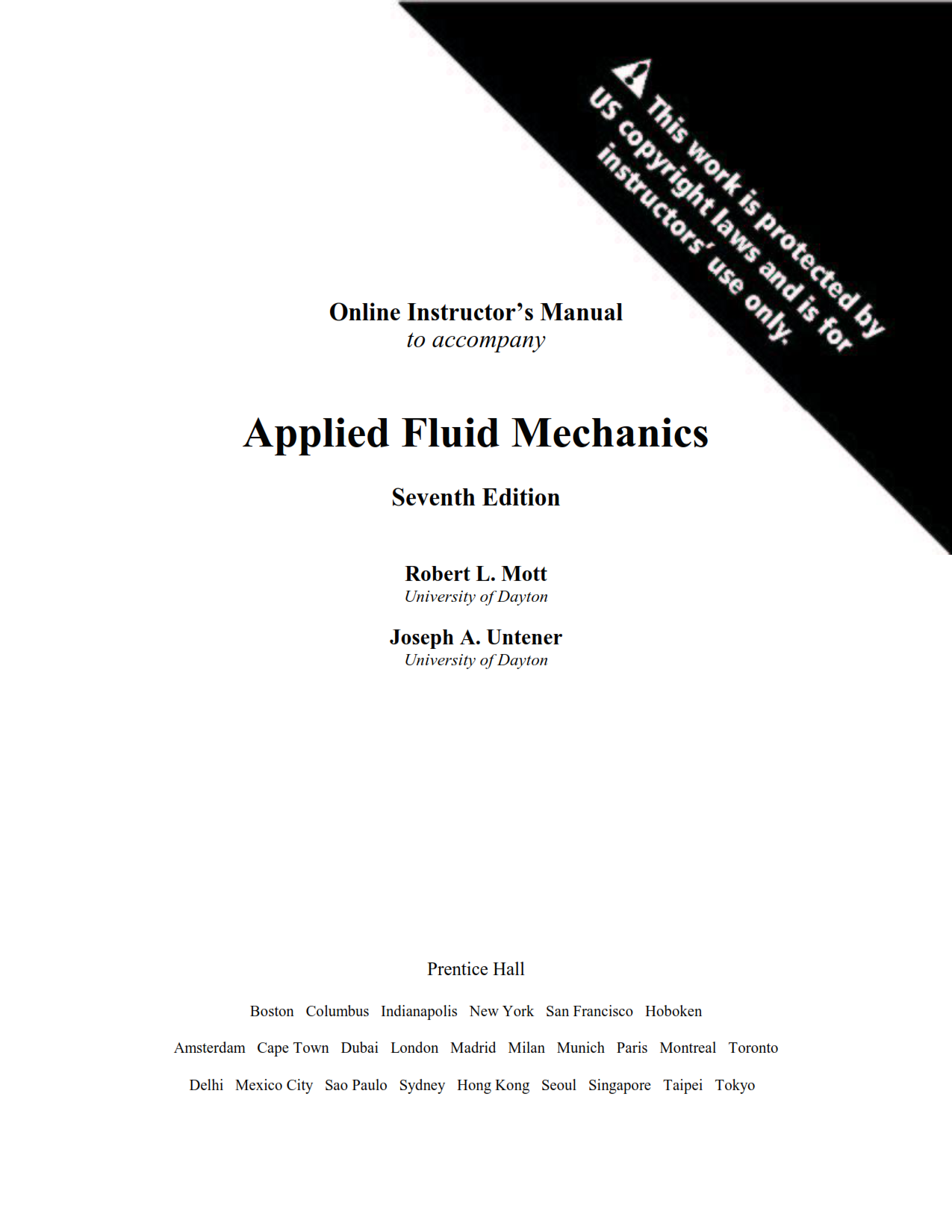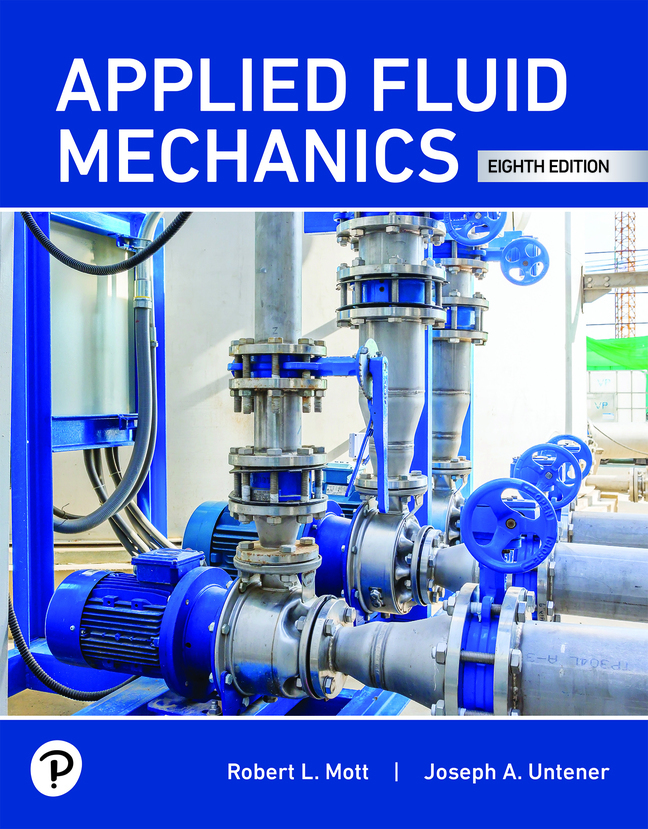Applied Fluid Mechanics Mott Solution Manual Pdf
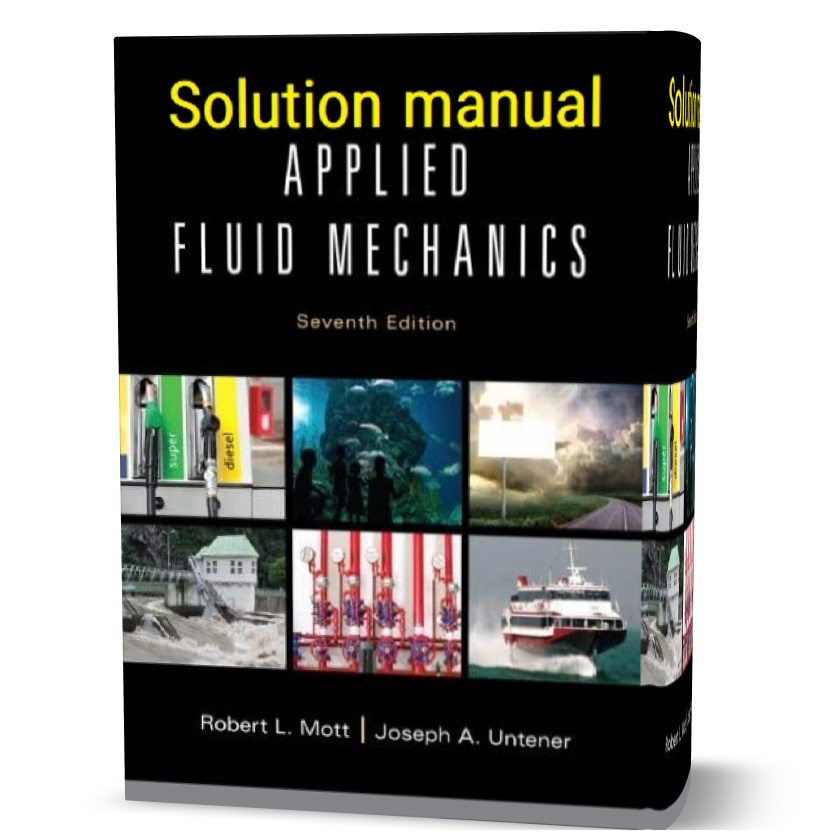
The unauthorized distribution of digital solution manuals, particularly those accompanying engineering textbooks, has become a persistent concern in academic integrity circles. The "Applied Fluid Mechanics Mott Solution Manual Pdf," a resource intended solely for instructors, is one such document frequently found circulating online.
This illegal sharing of copyrighted material raises questions about fair access to education, the protection of intellectual property, and the potential compromise of academic standards. The situation prompts discussion on how best to balance the need for accessible learning resources with the rights of authors and publishers.
The Core Issue: Copyright Infringement and Unauthorized Distribution
The "Applied Fluid Mechanics Mott Solution Manual Pdf", designed as a companion to the textbook "Applied Fluid Mechanics" by Robert L. Mott, is intended to assist instructors in preparing course materials and assessing student understanding. The solution manual contains detailed solutions to the end-of-chapter problems, providing insights into the problem-solving process. Its widespread availability online constitutes copyright infringement.
The copyright holder, typically the publisher (in many cases, Pearson Education, Inc.), retains exclusive rights to reproduce and distribute the material. The unauthorized sharing of the pdf violates these rights.
The distribution occurs through various channels, including file-sharing websites, online forums dedicated to engineering students, and even social media platforms. Individuals often upload the document without regard for copyright laws or the potential consequences.
Impact on Academic Integrity
The ready availability of solutions poses a significant threat to academic integrity. Students may be tempted to rely on the solutions rather than engaging in the critical thinking and problem-solving required for true learning.
This undermines the purpose of assignments and exams, which are designed to evaluate a student's grasp of the subject matter. The practice can lead to a superficial understanding of the concepts, hindering their ability to apply the knowledge in real-world engineering scenarios.
Furthermore, the presence of solutions can create an uneven playing field. Students who access the manual gain an unfair advantage over those who rely solely on the textbook and their own understanding.
Efforts to Combat Unauthorized Distribution
Publishers employ various strategies to combat the unauthorized distribution of copyrighted materials. These include issuing cease and desist notices to websites hosting the files, actively monitoring online platforms for violations, and pursuing legal action against individuals or entities involved in the illegal sharing.
Watermarking and digital rights management (DRM) technologies are also used to protect digital content. These measures aim to deter copying and distribution and to track the source of any leaked copies. However, these technologies are not always foolproof and can be circumvented by determined individuals.
Educators also play a crucial role in promoting academic integrity and discouraging the use of unauthorized solutions. By emphasizing the importance of understanding the underlying principles and providing ample opportunities for practice and feedback, they can reduce the temptation for students to seek out shortcuts.
A Human Angle: The Instructor's Perspective
Instructors often express frustration and disappointment when they discover that solution manuals are readily available to students. This compromises their ability to fairly assess student learning. One professor, speaking on the condition of anonymity, expressed concerns about the devaluation of hard work: "It undermines the effort of those students who are genuinely trying to learn. It makes teaching and grading much more challenging."
The professor further noted the time and effort spent developing assignments and exams, only to have the process undermined by the availability of solutions. The situation requires instructors to be constantly vigilant in designing assessments that are less susceptible to cheating.
The issue necessitates creative approaches in teaching and assessment to truly gauge student comprehension.
Looking Ahead: Towards a Balance
Finding a sustainable solution to the unauthorized distribution of solution manuals requires a multifaceted approach. This includes strengthening copyright enforcement, raising awareness among students about the importance of academic integrity, and developing more effective ways to protect digital content.
Ultimately, the goal is to create a learning environment where students are motivated to learn for the sake of understanding, rather than simply seeking answers. Educational institutions must actively promote ethical conduct and cultivate a culture of academic honesty.
Only through such collaborative efforts can the integrity of education be preserved and the value of a solid understanding of subjects like applied fluid mechanics be truly realized.
